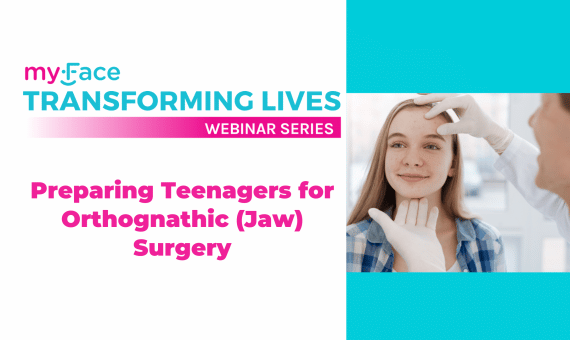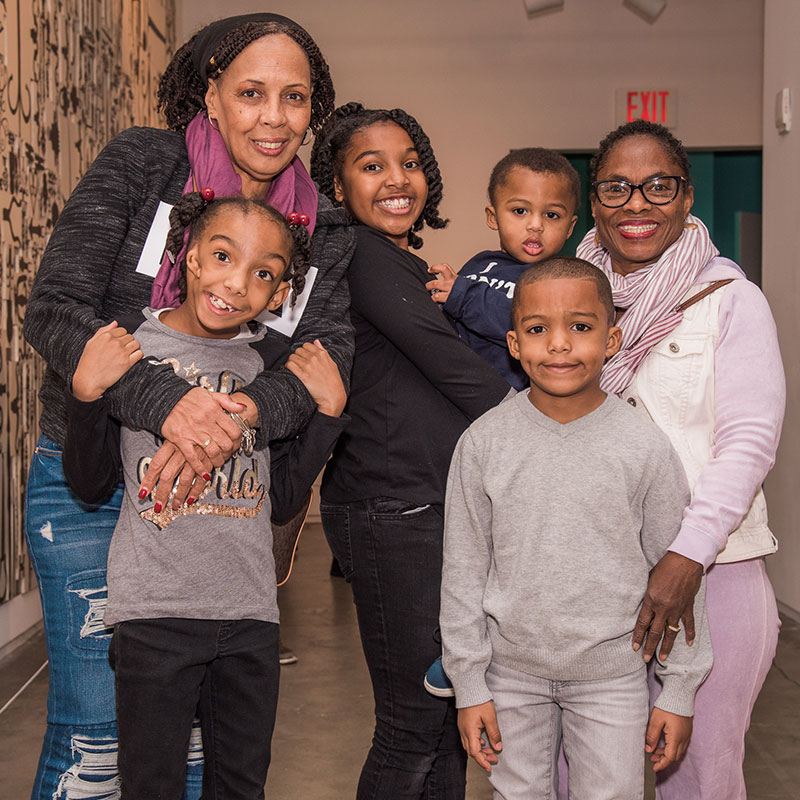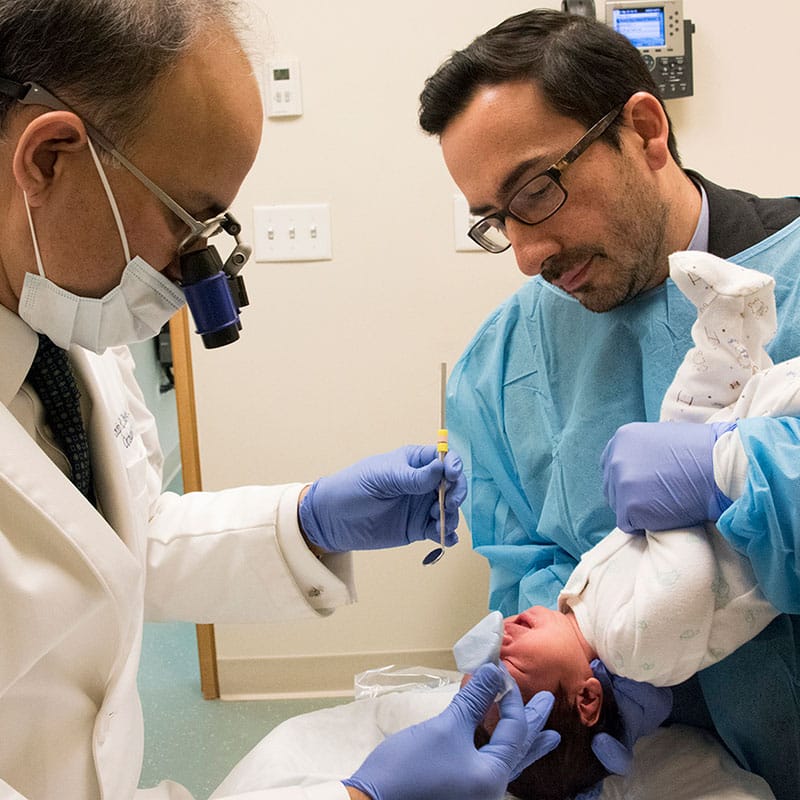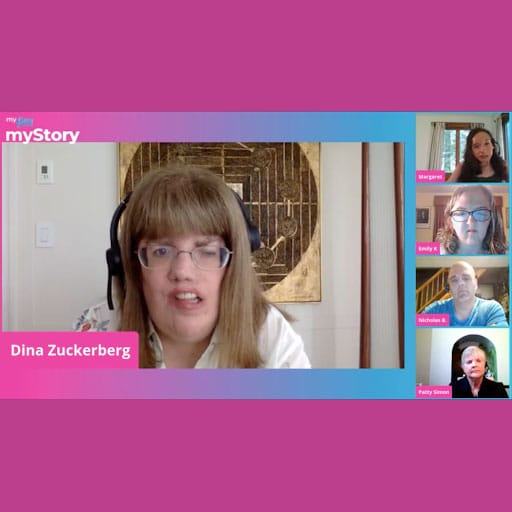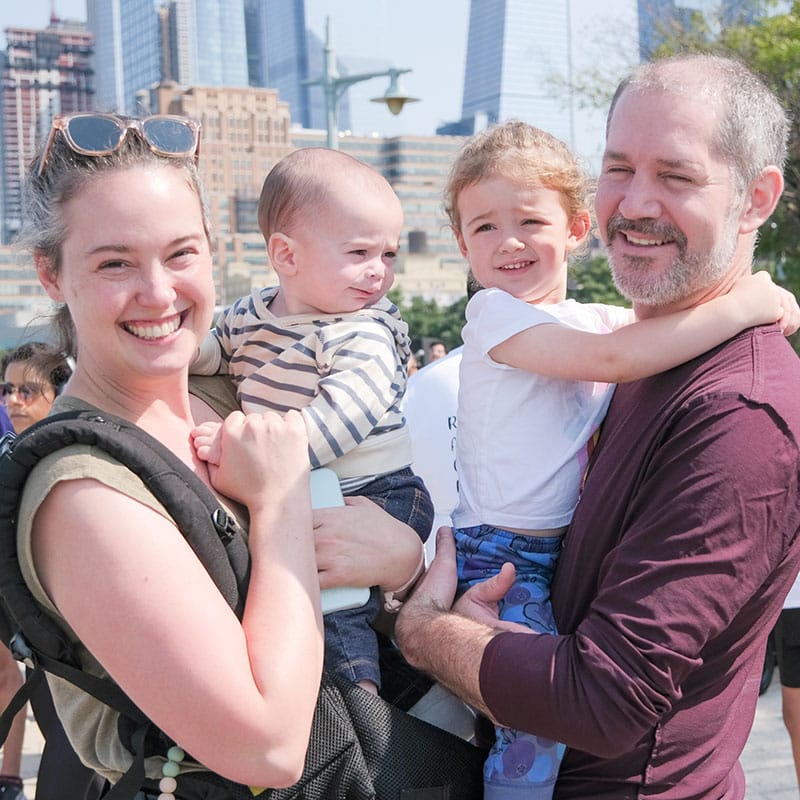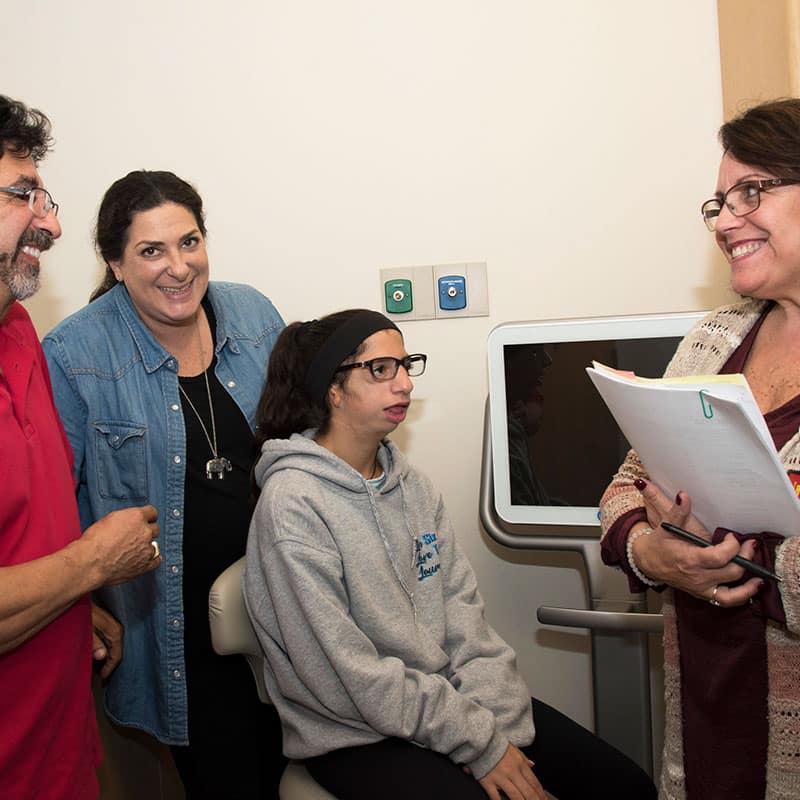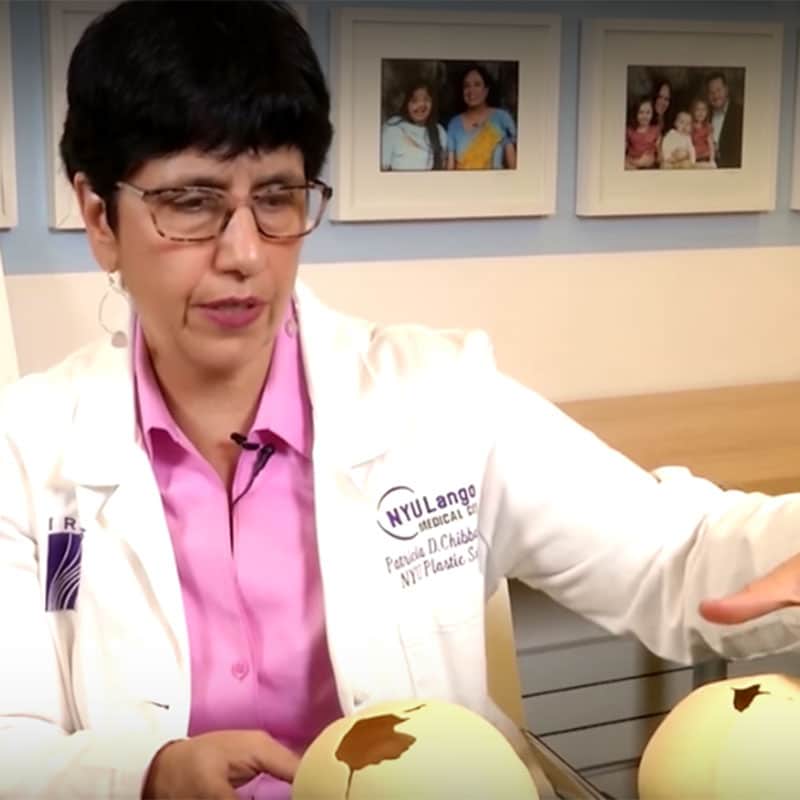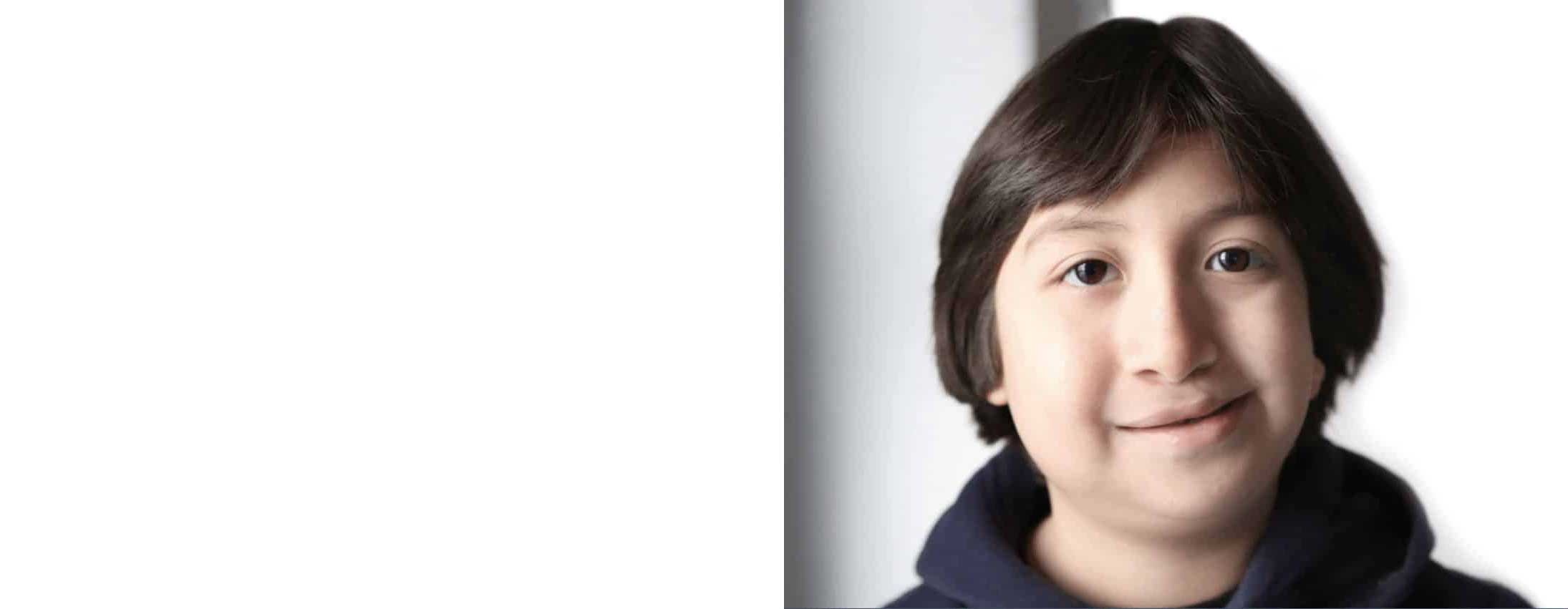Generous funding of this program has been provided by The Louis J. and June E Kay Foundation
Join us for our Transforming Lives Webinar Series: Preparing Teenagers for Orthognathic (Jaw) Surgery.
Adolescents with a variety of craniofacial conditions may require orthognathic (jaw) surgery due to jaw anomalies or altered jaw growth patterns. Jaw surgeries are typically performed in the late teenage years, when skeletal growth has been largely completed. Jaw surgery may improve an individual’s breathing, speech, and ability to chew. It can also lead to a significant change in their facial appearance. This webinar will review the various surgical procedures that may be used to reposition the upper jaw, lower jaw, or chin. It will also explore potential complications, and will describe the post-surgical recovery period and expected course of rehabilitation. This webinar will also address the important psychosocial impact of a change in one’s facial appearance.
Please submit any questions for our speakers in advance of the webinar by emailing them to Sandy Gilbert. If you join us for the live webinar, you will also have the opportunity to ask questions directly using the chat feature.
LEARNING OBJECTIVES
- To provide education that will help families with surgical planning, and to set realistic
expectations for jaw surgery and its outcomes - To help families understand the post-surgical recovery course so as to minimize
potential complications and to promote healing - To prepare teens for the psychosocial impact of a change in their facial appearance
following surgery
GUEST SPEAKERS
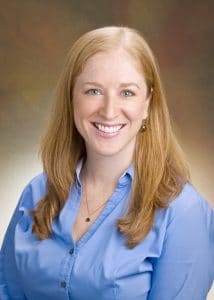
Leanne Magee, PhD
Pediatric Psychologist
The Children’s Hospital of Philadelphia
Assistant Professor of Clinical Psychiatry
Perelman School of Medicine at the University of Pennsylvania
Philadelphia, PA
Leanne Magee, PhD, is a pediatric psychologist at the Children’s Hospital of Philadelphia (CHOP), specializing in working with children with appearance differences. She has been a member of the CHOP Cleft Palate and Craniofacial Teams since 2009. She is also an Assistant Professor of Clinical Psychiatry at the Perelman School of Medicine at the University of Pennsylvania. Dr. Magee’s clinical and research interests include psychosocial adjustment in children and families affected by acquired and congenital appearance differences; psychological aspects of plastic and reconstructive surgery; body image; and anxiety.
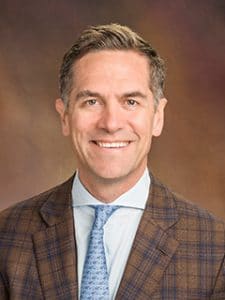
Jesse A. Taylor, MD
Peter Randall Endowed Chair and Chief
Division of Plastic, Reconstructive, and Oral Surgery Co-Director of Cleft and Craniofacial Program Director of the University of Pennsylvania/CHOP Craniofacial Fellowship Program
The Children’s Hospital of Philadelphia (CHOP)
Philadelphia, PA
Dr. Taylor is the Peter Randall Endowed Chair and Chief of the Division of Plastic and Reconstructive Surgery at Children’s Hospital of Philadelphia (CHOP), specializing in the treatment of children and adolescents with congenital and acquired differences of the face and skull. He currently acts as Co-Director of CHOP’s Cleft and Craniofacial programs, and Director of the University of Pennsylvania/CHOP Craniofacial Fellowship Program. Dr. Taylor focuses his practice on enhancing the appearance and functionality of the face and skull in children and adults. He specializes in craniosynostosis surgery, jaw surgery, surgery for facial asymmetries, cranial reconstruction, cranio-maxillo-facial distraction osteogenesis, and complex facial reconstruction.
PATIENT PERSPECTIVE
During this webinar, a young man named Dan will provide the patient perspective as someone who has experienced orthognathic (jaw) surgery firsthand. Read more about Dan’s story here.
“The pain part I wasn’t nervous about,” he says. “But with this surgery, your face looks super different afterward.” Because the procedure changes the position of the upper and lower jaw, it can greatly affect a patient’s appearance, especially their profile, which is often somewhat flattened in patients with cleft palate. As a teenager just getting comfortable with his looks, that was “pretty daunting and scary,” Dan says.
ADDITIONAL RESOURCES
Explore myFace’s surgery guides that walk through a patient’s craniofacial surgical experience. These guides provide in-depth information on nine of the most common craniofacial surgeries.

